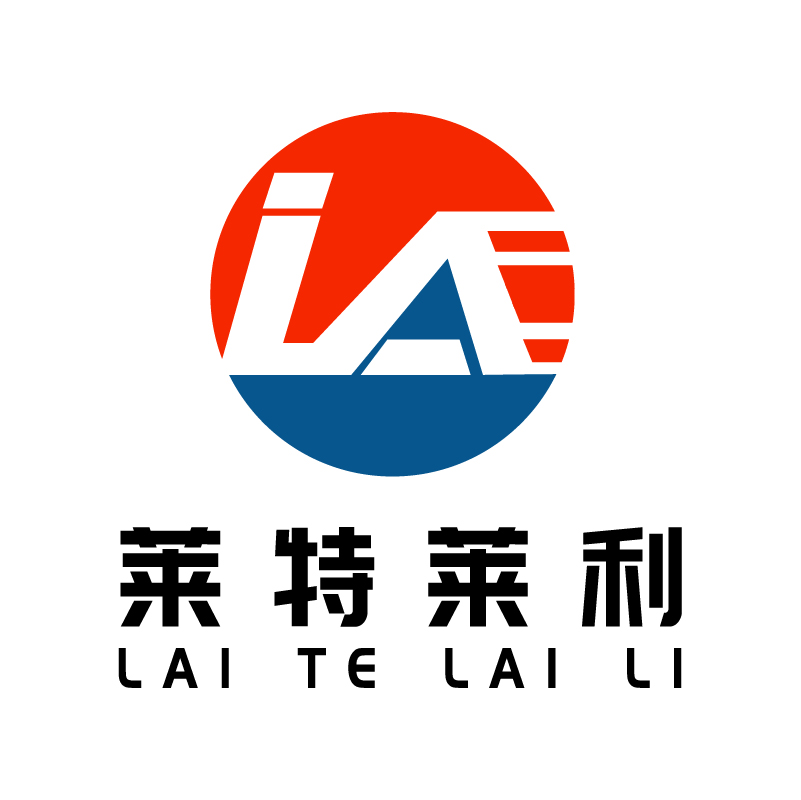What is the environmental impact of the production of BOPP thermal synthetic paper?
The environmental impact of the production of BOPP (biaxially stretched polypropylene) thermal synthetic paper is mainly reflected in the following aspects:
1. energy consumption and carbon emissions
Energy consumption: The production process of BOPP thermal synthetic paper needs to consume a lot of energy, mainly including electricity, steam and so on. The consumption of these energies not only increases the cost of production, but also has a certain impact on the environment. In particular, the burning of fossil fuels produces greenhouse gases, which aggravate global warming.
Carbon emissions: The burning of fossil fuels used in the production process and the production of electricity (such as coal-fired power generation) all produce greenhouse gas emissions such as carbon dioxide, which puts pressure on the global climate environment.
2. Waste water and waste gas discharge
Wastewater discharge: The production process of BOPP thermal synthetic paper will produce a certain amount of wastewater, mainly from the cleaning and cooling of the production equipment. Wastewater may contain organic matter, suspended matter and other pollutants, if not properly treated directly discharged, will cause pollution to the water environment.
Exhaust gas emission: The production process will also produce exhaust gas, mainly including volatile organic compounds (VOCs), particles, etc. If these exhaust gases are discharged directly into the atmosphere without effective treatment, they will have adverse effects on air quality and affect human health.
3. Solid waste
Production waste: The production process of BOPP thermal synthetic paper will produce a variety of solid waste, such as scraps, unqualified products, waste packaging, etc. The waste, if not properly disposed of, will pollute the environment.
4. Environmental management measures
In order to mitigate the environmental impact of BOPP thermal synthetic paper production, companies usually adopt the following environmental management measures:
Energy conservation and emission reduction: reduce energy consumption and carbon emissions by optimizing production processes, adopting energy-efficient equipment, and strengthening energy management.
Wastewater treatment: Construction of sound wastewater treatment facilities, pre-treatment and in-depth treatment of production wastewater, to ensure that wastewater discharge or reuse standards.
Waste gas treatment: installation of waste gas collection and treatment system, effective treatment of waste gas generated in the production process, reduce the impact of waste gas emissions on the atmospheric environment.
Solid waste treatment: The solid waste generated in the production process is collected, stored and disposed of in a classified manner to reduce the pollution of waste to the environment.
5. Environmental impact assessment
Before the construction of BOPP thermal synthetic paper production projects, environmental impact assessment (EIA) is usually carried out to assess the impact of the project on the environment and propose corresponding environmental protection measures. Environmental impact assessment helps enterprises to understand the environmental problems that may be caused by the project, and take corresponding preventive measures in the process of project design and construction to reduce the impact on the environment.
In summary, the production of BOPP thermal synthetic paper has a certain impact on the environment, but by adopting effective environmental management measures and environmental impact assessment, these impacts can be mitigated and the ecological environment can be protected.



